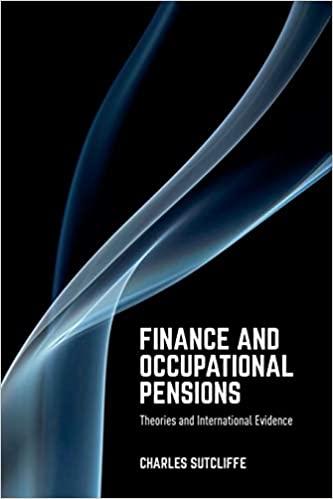Question
Consider the two (excess return) index model regression results for A and B: Stock A R A = -1 % + 1.1 R M R
Consider the two (excess return) index model regression results for A and B:
Stock A
RA = -1 % + 1.1 RM
R -square = 0.640
Residual standard deviation = 8.9%
Stock B
RB = 3 % + 1.4 R M
R square= 0.764
Residual standard deviation= 7.3%
1. Which stock has more firm-specific risk and why?
2. Which has greater market risk and why?
3. For which stock does market movement explain a greater fraction of return variability and why?
4. If rf were constant at 4% and the regression had been run using total rather than excess returns, what would have been the regression intercept for stock A?
Step by Step Solution
There are 3 Steps involved in it
Step: 1

Get Instant Access to Expert-Tailored Solutions
See step-by-step solutions with expert insights and AI powered tools for academic success
Step: 2

Step: 3

Ace Your Homework with AI
Get the answers you need in no time with our AI-driven, step-by-step assistance
Get Started


